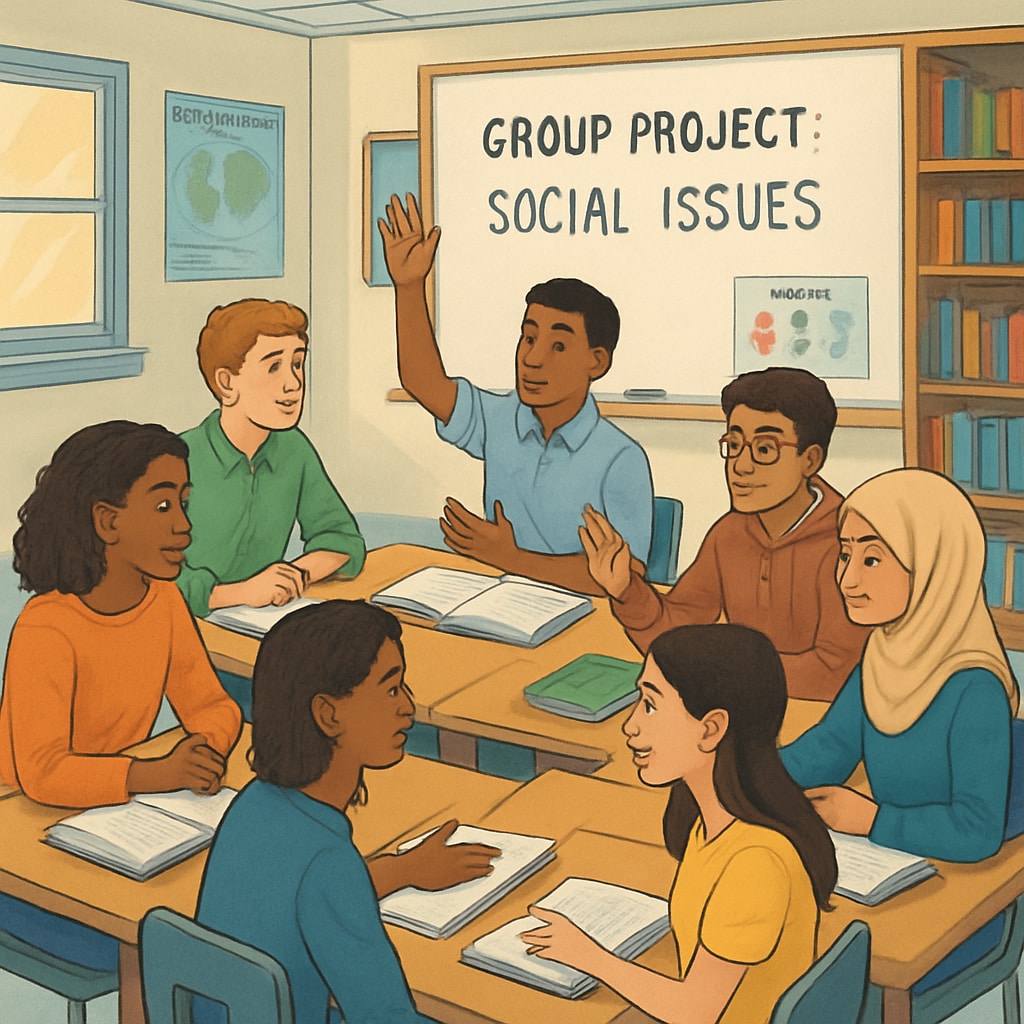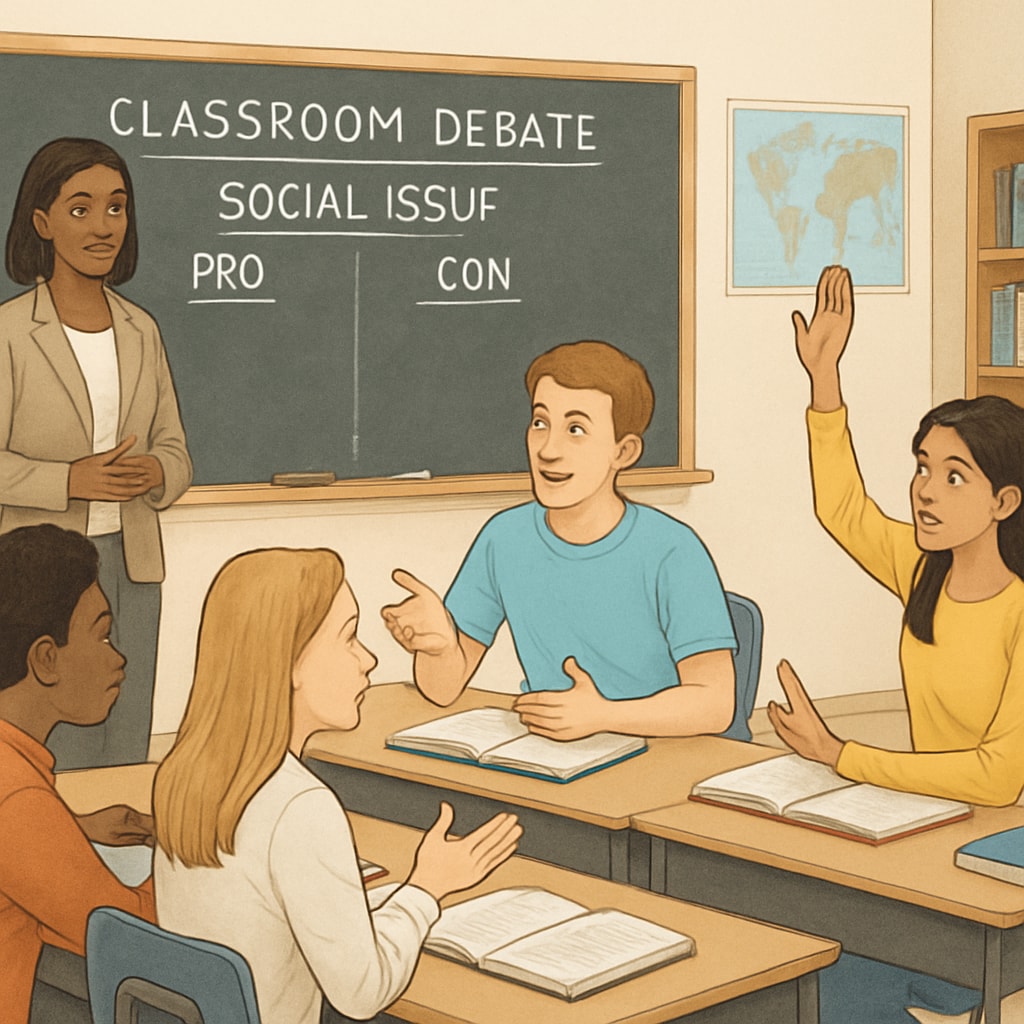In recent years, the concept of wokeness, often defined as heightened awareness of social and political issues, has gained remarkable traction in schools. This article examines how K12 students perceive the increasing influence of wokeness in their educational environments and the broader implications for cognitive development and school values. Schools are no longer just places for academic learning; they are becoming arenas for discussing diversity, equity, and inclusion. But how do students interpret these shifts? Understanding their perspectives is key to striking a balance between fostering awareness and maintaining educational integrity.
The Role of Wokeness in K12 Education
Wokeness in schools often manifests through curriculum updates, inclusive policies, and social awareness initiatives. For example, history lessons may now highlight marginalized voices, while literature classes explore themes of identity and systemic inequality. These efforts aim to create an inclusive learning environment, but they also raise questions: Do students see these changes as empowering or overwhelming? What role does education play in shaping their understanding of the world?
According to a recent study, while many students appreciate the focus on social justice, others feel that the emphasis on political correctness can sometimes overshadow academic priorities. These mixed reactions highlight the complexity of embedding wokeness into school systems.

Students’ Cognitive Development and Social Awareness
Introducing wokeness into education has significant implications for students’ cognitive development. On one hand, it fosters critical thinking by encouraging learners to question societal norms and engage with diverse perspectives. For instance, discussing topics like climate change or racial inequality helps students develop empathy and a global outlook. On the other hand, some students express concerns about feeling pressured to conform to specific viewpoints, which can stifle independent thought.
Research suggests that striking a balance is essential. Schools must create spaces for open discussion, where students can explore different ideologies without fear of judgment. This approach not only promotes intellectual growth but also prepares students for the complexities of the real world.

Balancing Wokeness with Educational Integrity
As schools adopt wokeness, there is a need to ensure that the core purpose of education—academic excellence—is not compromised. How can educators achieve this balance? Here are some strategies:
- Encourage Critical Thinking: Teach students to analyze issues from multiple angles, fostering independent thought.
- Promote Open Dialogue: Create safe spaces for discussions, allowing diverse opinions to coexist.
- Focus on Core Academics: Ensure that social awareness initiatives complement, rather than replace, academic learning.
By implementing these strategies, schools can respect diverse values while maintaining their educational mission. This balance is crucial for preparing students to navigate a complex, interconnected world.
Readability guidance: Use concise paragraphs and lists to summarize key points effectively. Keep passive voice to a minimum and integrate transition words to ensure smooth flow.


